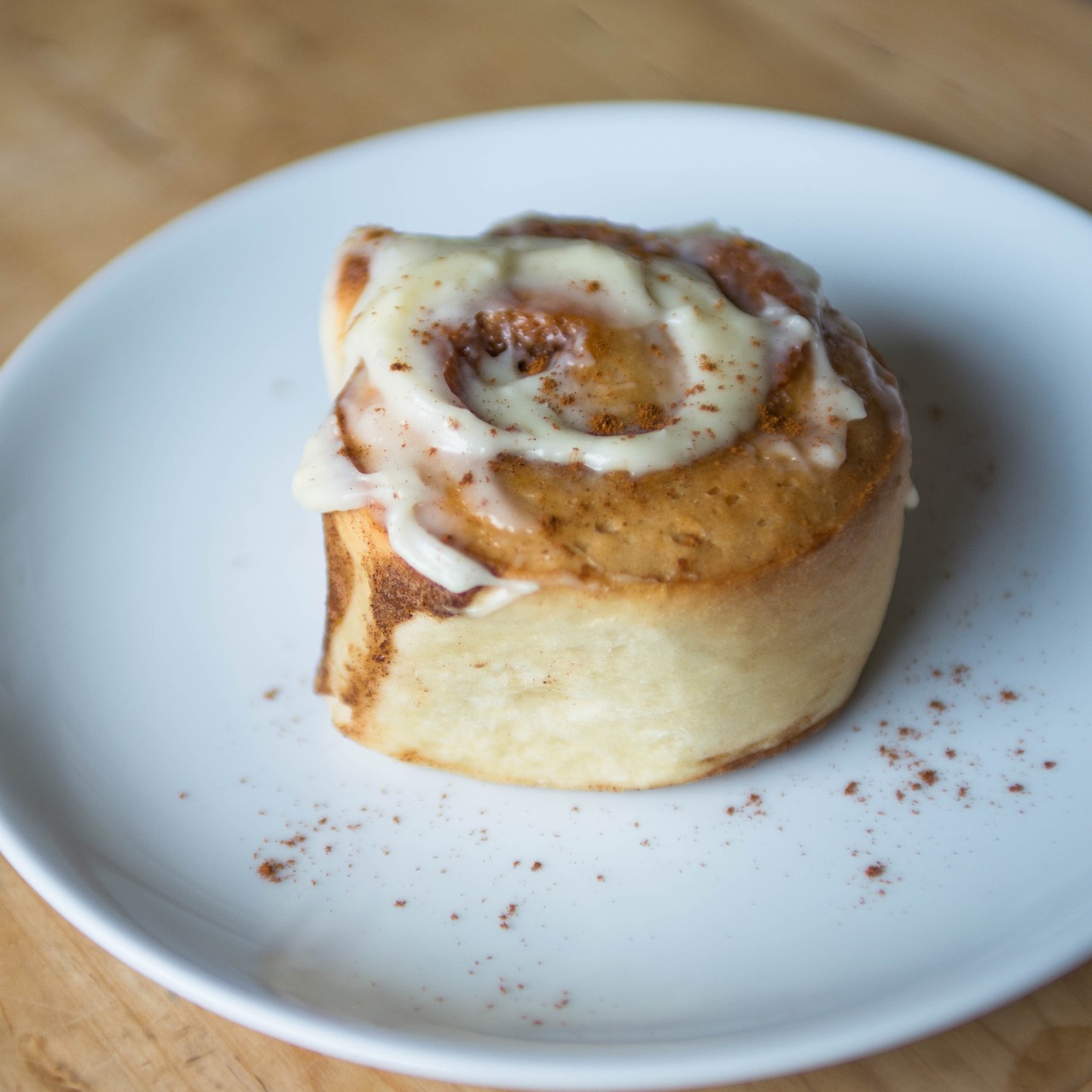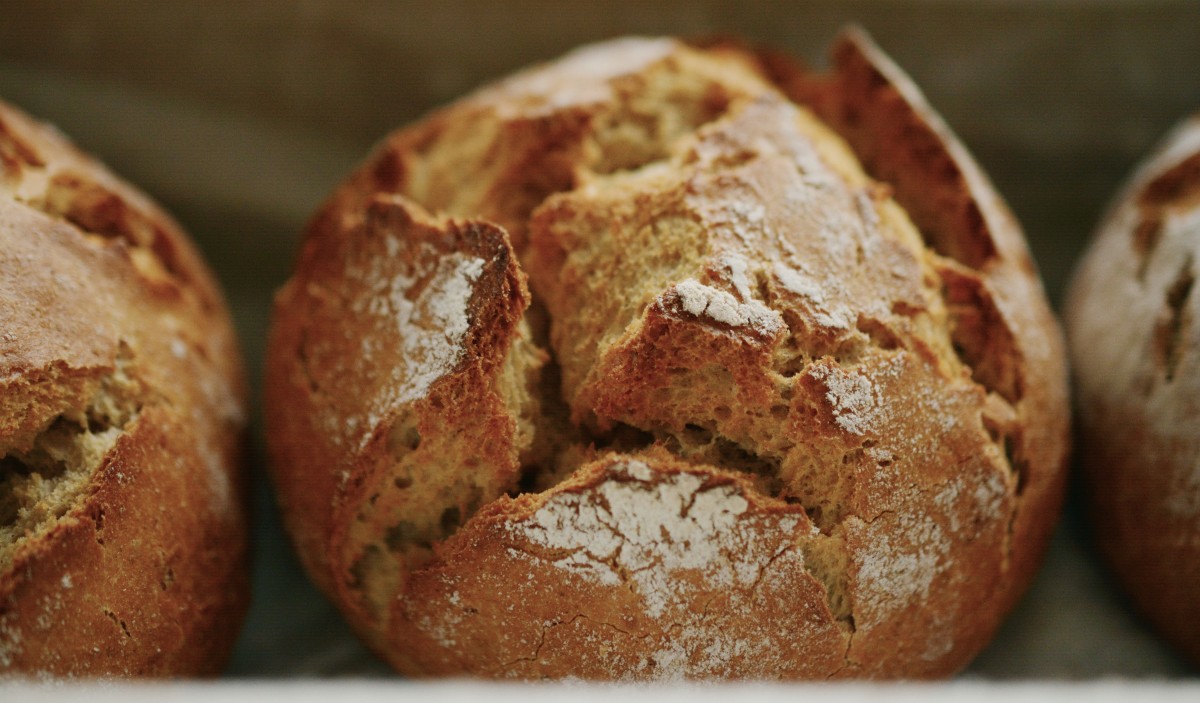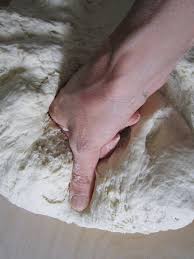The 3 Best Yeast Substitutes
In the couple of times I have been out grocery shopping the last month, it does seems that shelves are getting a little more robust, so that is great. Unless you are in need of toilet paper. That still seems to be a ways out before we will be ready to go for having that in stock the way it used to be. And ice cream shelves are completely down to the bare bones with the undesirable flavors that nobody really wants—that and the slow-churned, ⅓ of the fat kind of ice cream. We are in a pandemic. I don’t think people are worried too much about fat content right now, therefore, all the good stuff is gone.
Lastly, the baking aisle also seems to be pretty sparse. Specifically flour and yeast. The yeast appears to be all gone pretty much everywhere right now. It seems people are at home dusting off their bread makers and thumbing through their old recipe cards and baking their little hearts out. There is something really cool about that. I love to picture that and I hope that really is the case!
But what if you are one of the unlucky ones who does not have any yeast? Or any fresh yeast that isn’t 2 years past its expiration date hiding in the back corner of the fridge? Guilty! Can you still bake breads and baked goods like cinnamon rolls without yeast? Thankfully the answer is yes! Here are some tips I learned from thekitchn.com for the three best substitutes you can use in your favorite baking recipes if you don’t have access to yeast.
1) Baking Soda
Like dry active yeast, baking soda is a leavening agent. It helps bread rise and gives it its light and airy texture. However, while yeast can stand on its own and get the job done, the baking soda still requires an acid to activate it. You can do this by adding lemon juice or cream of tartar--by adding an acid like one of these, it creates a chemical reaction that produces carbon dioxide and fills your bread with air.
You can substitute yeast with equal parts lemon juice and baking soda. So if a recipe calls for 1 tablespoon of yeast, you can use half a teaspoon of lemon juice and half a teaspoon of baking soda.
Just remember that this type of bread will not need the typical proofing time that a regular yeast recipe requires and it will start rising right away.

2) Double-Acting Baking Powder
You can also use double-acting baking powder, which is quite similar to baking soda. Double-acting is the most popular type of baking powder you can find in the store and it allows the dough to rise twice--once during the mixing phase and again during the baking phase. Baking powder already has an acid added to it so it is ready to use as-is without any additional ingredients.
To replace yeast in a recipe, replace the yeast with an equal amount of double-acting baking powder. For example, if the recipe calls for 1 tablespoon of yeast, you can replace it with 1 tablespoon of baking powder.
3) Sourdough Starter

The third option is a great one, however, it is not as quick a method as the first two. This sourdough method requires about 5-7 days for the starter to mature enough to use so don’t use it if you are wanting to bake and eat bread today.
Making your own sourdough starter is one of the best and tastiest ways to get around using commercial yeast for your recipe. The sourdough starter of course gives the bread a nice sour flavor but it also leavens the bread as well.
To replace 1 envelope of active dry yeast in a recipe, you will replace it with 1 cup of sourdough starter.
But since a starter also contains water and flour, you need to reduce the water called for in the recipe for ½ cup and the flour by ¾ cup.

*A little disclaimer: Try as we might, at the end of the day there is no true substitute for dry active yeast. Yeast is a living, breathing organism and you can’t just replace that with another ingredient from the pantry. While these three options can give you similar results to your standard bread recipe, the texture will definitely be a little different. It is probably best to try and find specific bread recipes for the substitute you will be using here instead of just subbing it in one of your tried and true recipes or you might be a little disappointed.
Have you successfully tried a substitute for dry active yeast throughout your baking experiences? What did you think of the results? Please share in the comments below.
Lastly, the baking aisle also seems to be pretty sparse. Specifically flour and yeast. The yeast appears to be all gone pretty much everywhere right now. It seems people are at home dusting off their bread makers and thumbing through their old recipe cards and baking their little hearts out. There is something really cool about that. I love to picture that and I hope that really is the case!
But what if you are one of the unlucky ones who does not have any yeast? Or any fresh yeast that isn’t 2 years past its expiration date hiding in the back corner of the fridge? Guilty! Can you still bake breads and baked goods like cinnamon rolls without yeast? Thankfully the answer is yes! Here are some tips I learned from thekitchn.com for the three best substitutes you can use in your favorite baking recipes if you don’t have access to yeast.
1) Baking Soda
Like dry active yeast, baking soda is a leavening agent. It helps bread rise and gives it its light and airy texture. However, while yeast can stand on its own and get the job done, the baking soda still requires an acid to activate it. You can do this by adding lemon juice or cream of tartar--by adding an acid like one of these, it creates a chemical reaction that produces carbon dioxide and fills your bread with air.
You can substitute yeast with equal parts lemon juice and baking soda. So if a recipe calls for 1 tablespoon of yeast, you can use half a teaspoon of lemon juice and half a teaspoon of baking soda.
Just remember that this type of bread will not need the typical proofing time that a regular yeast recipe requires and it will start rising right away.

2) Double-Acting Baking Powder
You can also use double-acting baking powder, which is quite similar to baking soda. Double-acting is the most popular type of baking powder you can find in the store and it allows the dough to rise twice--once during the mixing phase and again during the baking phase. Baking powder already has an acid added to it so it is ready to use as-is without any additional ingredients.
To replace yeast in a recipe, replace the yeast with an equal amount of double-acting baking powder. For example, if the recipe calls for 1 tablespoon of yeast, you can replace it with 1 tablespoon of baking powder.
3) Sourdough Starter

The third option is a great one, however, it is not as quick a method as the first two. This sourdough method requires about 5-7 days for the starter to mature enough to use so don’t use it if you are wanting to bake and eat bread today.
Making your own sourdough starter is one of the best and tastiest ways to get around using commercial yeast for your recipe. The sourdough starter of course gives the bread a nice sour flavor but it also leavens the bread as well.
To replace 1 envelope of active dry yeast in a recipe, you will replace it with 1 cup of sourdough starter.
But since a starter also contains water and flour, you need to reduce the water called for in the recipe for ½ cup and the flour by ¾ cup.

*A little disclaimer: Try as we might, at the end of the day there is no true substitute for dry active yeast. Yeast is a living, breathing organism and you can’t just replace that with another ingredient from the pantry. While these three options can give you similar results to your standard bread recipe, the texture will definitely be a little different. It is probably best to try and find specific bread recipes for the substitute you will be using here instead of just subbing it in one of your tried and true recipes or you might be a little disappointed.
Have you successfully tried a substitute for dry active yeast throughout your baking experiences? What did you think of the results? Please share in the comments below.
Sources:
blog comments powered by Disqus
- www.pxfuel.com
- www.pixabay.com
- www.everydaycheapskate.com
- www.maxpixels.net
- www.pxhere.com
- www.needpix.com
- /www.thekitchn.com
 Mary Richardson
Mary Richardson
Weekly Newsletter Contributor since 2014
Email the author! mary@dvo.com
